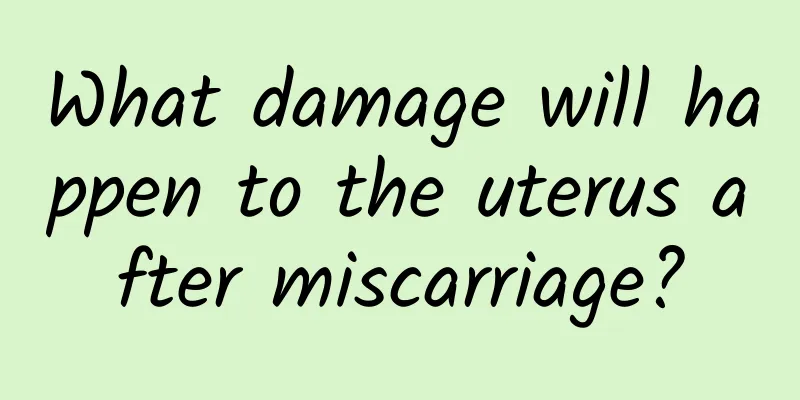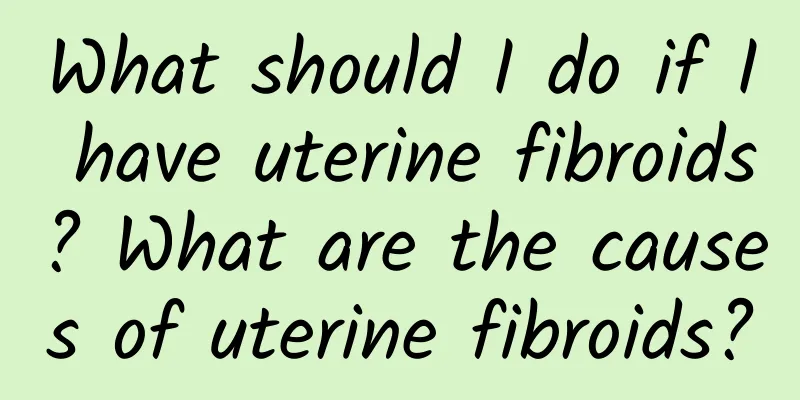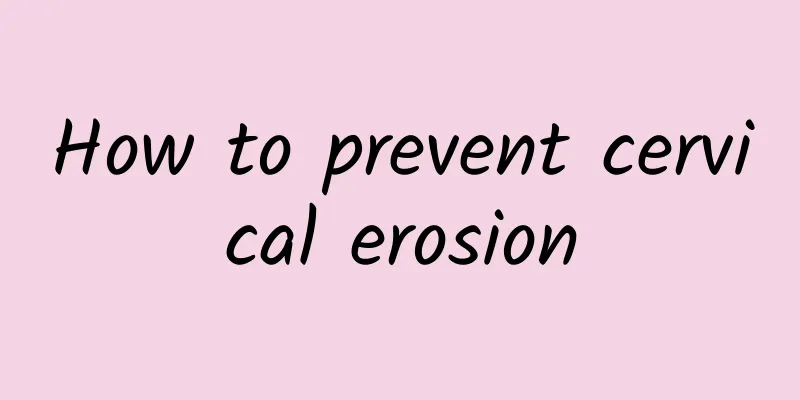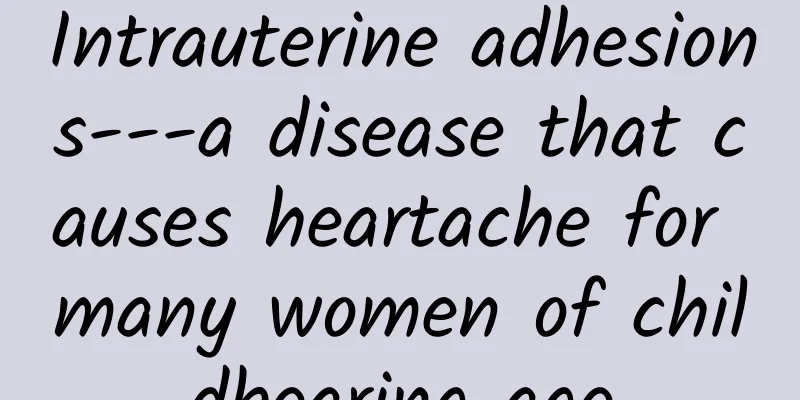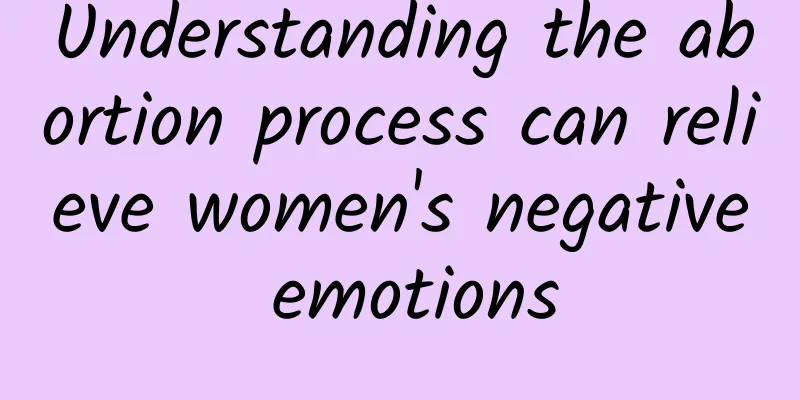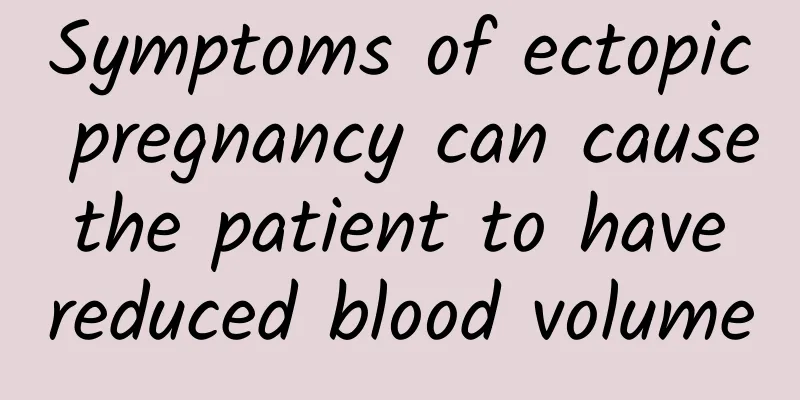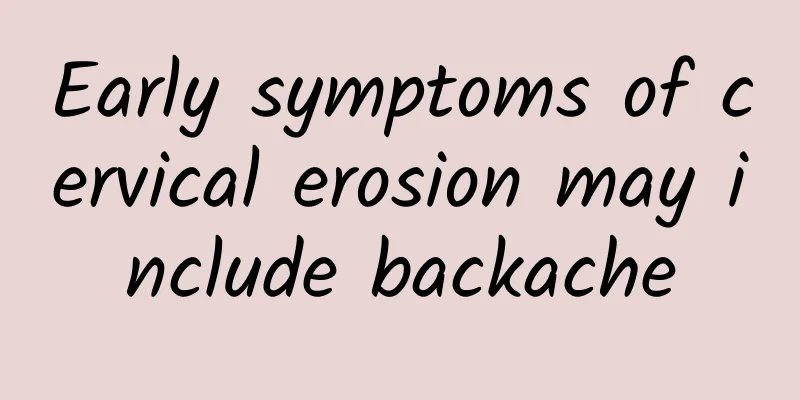What is the delivery method for pregnancy complicated with uterine fibroids? What is the best way to deliver a baby during pregnancy complicated with uterine fibroids?
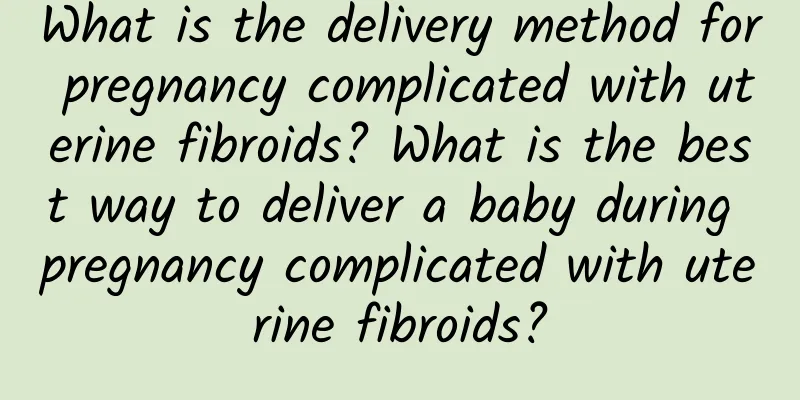
|
Many patients with uterine fibroids may also encounter pregnancy during the onset of uterine fibroids. During pregnancy, patients with uterine fibroids must pay attention to delivery, because delivery is not only related to the health of the patient, but also to the health of the patient's children. Below we introduce how to choose pregnancy and delivery with uterine fibroids. Pregnancy complicated by uterine fibroids is not an absolute sign for cesarean section. On the one hand, the patient's delivery method depends on obstetric conditions, such as fetal position, labor force, and whether the cephalopelvic disproportion is present. In addition, the location and size of the fibroids will also affect the choice of delivery method. For patients with uterine fibroids, if the fetal position is not as good as breech or transverse position, the fibroids are embedded in the pelvic cavity, hindering the fetus from being exposed and descending first, and there is a history of uterine myomectomy before pregnancy, entering the uterine cavity, and imaging examinations show that the placenta is attached to the surface of the fibroids, which may lead to heavy bleeding after placental detachment. The fetus is precious and the signs of cesarean section can be relaxed. In the past, it was believed that the uterus is rich in blood supply during pregnancy, and the removal of uterine fibroids during cesarean section may cause heavy bleeding. However, it has recently been found that due to the physiological contraction of the uterus and the sensitivity of the postpartum uterus to oxytocin, the amount of intraoperative bleeding has not increased. In addition, if the fibroids are not removed during cesarean section, the uterine fibroids may affect the recovery of the uterus, prolong the time of postpartum lochia, and even cause secondary infection, increasing the chance of postpartum hemorrhage and pelvic infection; although the uterine fibroids can shrink after delivery, they will not disappear completely, and the patient may face reoperation. Therefore, most scholars believe that the removal of uterine fibroids during cesarean section is safe and feasible, but the cases should be strictly selected and oxytocin or vascular blocking technology should be used in a timely manner. The above content introduces the common sense of uterine fibroids in detail, as well as the precautions for pregnancy and delivery methods of uterine fibroids. Here, we hope that patients with uterine fibroids must pay attention to the choice of delivery method during pregnancy, and hope that patients with uterine fibroids can recover as soon as possible. |
Recommend
What medicine should I take for a 2 cm uterine fibroid? Can a 2 cm uterine fibroid be eliminated by taking medicine?
What medicine should I take for a 2 cm uterine fi...
Bacterial vaginosis diet regimen
Bacterial vaginosis is an inflammatory disease of...
Experts explain what are the sequelae of abortion?
Abortion is quite common in modern society. There...
Symptoms of uterine fibroids
Symptoms of uterine fibroids: Symptoms of uterine...
The King of Herbs, American Ginseng, Can Effectively Relieve Cancer Fatigue
In traditional Chinese medicine, ginseng is known...
Experts tell us what are the treatments for female cervical hypertrophy?
Cervical hypertrophy is a type of cervical diseas...
How does Trichomonas vaginitis affect men?
When it comes to Trichomonas vaginitis, many peop...
Experts answer the question of what causes vaginitis
Vaginitis is one of the diseases in the female va...
What causes mild cervical erosion? Mild cervical erosion is related to three reasons.
The main causes of mild cervical erosion are as f...
Are sandwiches a weight loss savior? Add 5 major weight loss-promoting fillings, so you don’t have to worry about getting fat after eating it!
Sandwiches are a common breakfast for most people...
What should women eat during menopause?
On the one hand, menopause harms women's phys...
Why do infertile women suffer from uterine fibroids? How to treat uterine fibroids
What should women do when they find uterine fibro...
Expert introduction: How to treat vaginitis with external treatment
The treatment of vaginitis is generally divided i...
Effect of treatment of cervical precancerous lesions on pregnancy outcomes
Women who suffer from cervical precancerous lesio...
Is there any connection between ovarian cysts and pregnancy? How to treat it?
What is the connection between ovarian cysts and ...
